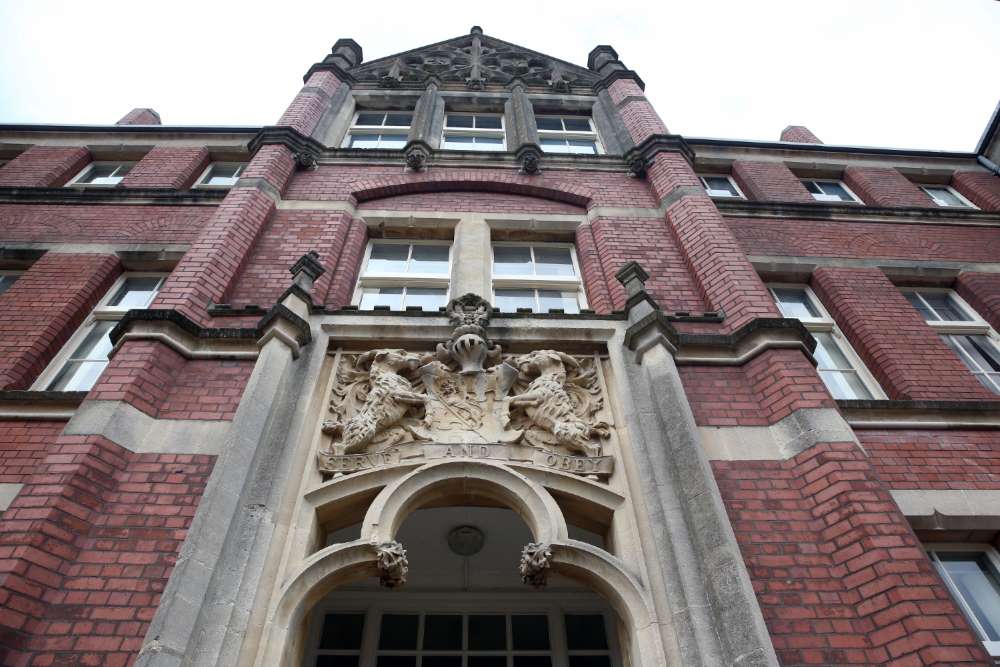School History
Our school was first opened in 1898 as a boarding school for boys. It was built and funded by the Worshipful Company of Haberdashers, using monies from the estate of William Jones, Merchant Adventurer whose portrait still hangs in the headteacher’s office today.

William Jones was born in the village of Newland in the Forest of Dean. between 1545 and 1550. He was sent to Monmouth as an apprentice, from where he moved to London at around the age of 20. It is widely believed that his fortune was made as a haberdasher, yet there is some confusion as to whether all of his fortune was made this way. Whatever the truth behind his wealth, it is certain that he did become very rich before his death, which is believed to have been in Hamburg in January 1615.
In his last will and testament, dated 26 December 1614 he left the sum of “nyne thousand pounds to the Company of Haberdashers of London to ordain a Preacher, a Free School and Alms houses for twenty poor and distressed people, as blind and lame as it shall seem best to them, of the Town of Monmouth, where it shall be bestowed”. The resultant school was built in 1615 in Monmouth.
The Haberdashers’ Company administered William Jones’ charities over the years and by 1890 the annual revenue of the Charity was £10,000 a substantial proportion of which was dedicated to education. Monmouth High School (later called Monmouth School for Girls) and also a third school were planned for Monmouthshire with one to be to the west of the River Usk.
The site for the school was finally chosen because Mt J.C. Hanbury gave six acres of land for the school to be built on. The building took 2 years to complete and cost £30,000. Mrs Hanbury laid the foundation stone in 1896, this can be seen near the main entrance.
Jones’ West Monmouth School first opened on Wednesday 19 January 1898 under the guidance of the first Headmaster, Mr Priestley. Eighty boys entered the school following a preliminary entrance examination. Twenty boys were awarded scholarships. The school’s official opening ceremony was delayed until 1 December 1898.
The majority of these boys were boarders and the remnants of the dormitories in which they slept can still be seen in our attics today. Boys were expected to participate enthusiastically in all aspects of school life and evidence of their musical talents and sporting prowess can be found in the school’s bulging trophy cabinets.
Over the years, additions and facilities were made to the school’s facilities including the installation of electric lighting in 1927 and the opening of a new science block in 1934. However, the wars of the early twentieth century cast a long shadow over West Mon as old boys and teachers alike were called to the front. In total, 43 ex-pupils were killed in WWI, most of them as junior officers serving in France and Belgium. A further 138 went on to lose their lives in WWII, predominantly serving in the RAF. Both cohorts are honoured and remembered by spectacular war memorials in the school’s main hall.
As society changed following the wars, so too did West Mon. In 1954, the school came under local authority control as a county grammar school and the last boarders left in 1958. In 1982, West Mon finally became a non-selective comprehensive school and girls were finally allowed in! It took a further 38 years however for West Mon to have its first female headteacher though with Miss Jordan arriving in January of 2020.
